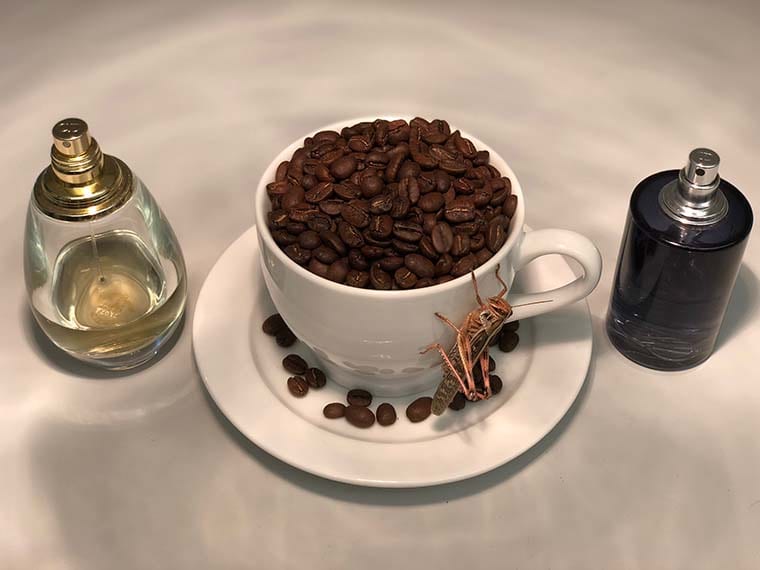Computational logic can describe how locusts recognize smells in a dynamic environment
From the WashU Newsroom…
Understanding how a sensory input becomes an experience — how molecules released by a blooming flower, for instance, become the internal experience of smelling a rose — has for millennia been a central question of philosophy.
In more recent times, it has also been a question for scientists. One way to approach it is to understand the physical brain processes behind sensory experiences. Historically, scientists have proposed different ways to describe what is happening by positing that a certain set of neurons must fire; a certain sequence of firing that must occur; or a combination of the two.
But according to a research team from the School of Engineering & Applied Science at Washington University in St. Louis, these descriptions do not account for the variability of the real world. Smells do not occur in a vacuum. The team wanted to find out what happened when sensory input was presented in sequences, more akin to what happens in the real world.
In a paper published Aug. 3 in Nature Communications, researchers found that in locusts, only a subset of neurons associated with a particular scent would fire when that scent was presented in a dynamic environment that included other scents. Although there was not a one-to-one relationship between a pattern of neurons activated and a specific smell, the researchers were able to determine how the locusts could still recognize a scent; it comes down to the locust being flexible in its interpretation.They turned to locusts.
“There is variability because of stimulus history,” said Barani Raman, associate professor of biomedical engineering, “so flexibility is necessary to compensate.”
For the experiments, the team of Washington University engineers, which included Raman, graduate research assistants Srinath Nizampatnam and Rishabh Chandak, and Debajit Saha, a postdoctoral research fellow, first had to train the locusts in the same way one might train a dog, namely, Pavlov’s dog. A machine administered a puff of the target scent, hexanol, to hungry locusts, then rewarded the locusts with a treat: grass. After enough rounds (usually six), the locusts would open up palps — small organs outside of their mouths that function in a similar way to lips or tongues in humans — after they smelled hexanol, in anticipation of the grass.
